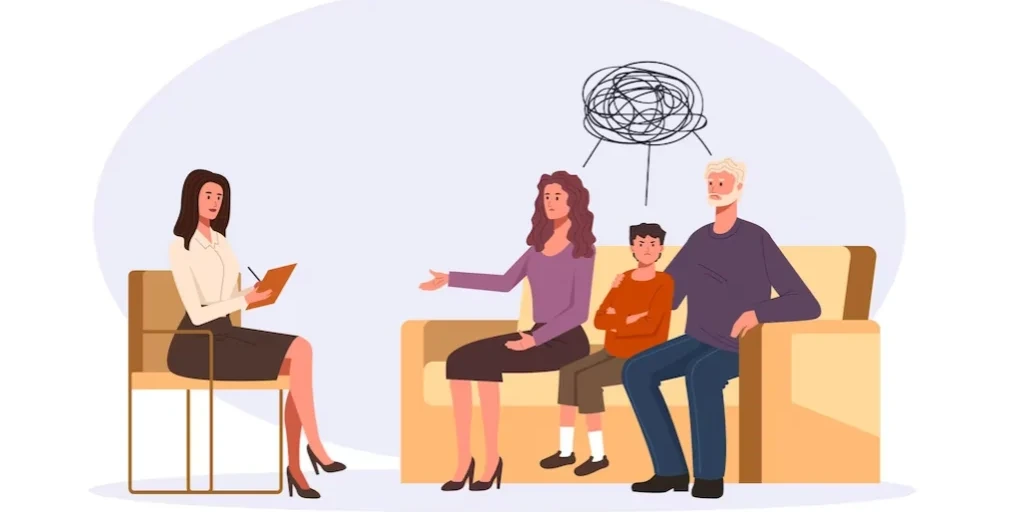24/7 Helpline:
(866) 899-111424/7 Helpline:
(866) 899-1114
Learn more about Dual Diagnosis Rehab centers in Big Spring
Other Categories in Big Spring

Other Insurance Options

EmblemHealth

BlueCross

Self-pay options

AllWell

BHS | Behavioral Health Systems

Choice Care Network

Group Health Incorporated

Medical Mutual of Ohio

Carleon

Regence

Health Net

Absolute Total Care

Meritain

Anthem

Excellus

PHCS Network

Ceridian

Optima

Health Partners

UnitedHealth Group

Permian Basin Treatment Center
Permian Basin Treatment Center is a private rehab located in Big Spring, Texas. Permian Basin Treatm...

AA – Alcoholics Anonymous
AA – Alcoholics Anonymous is a non-profit rehab located in Big Spring, Texas. AA – Alcoholics Anonym...


























